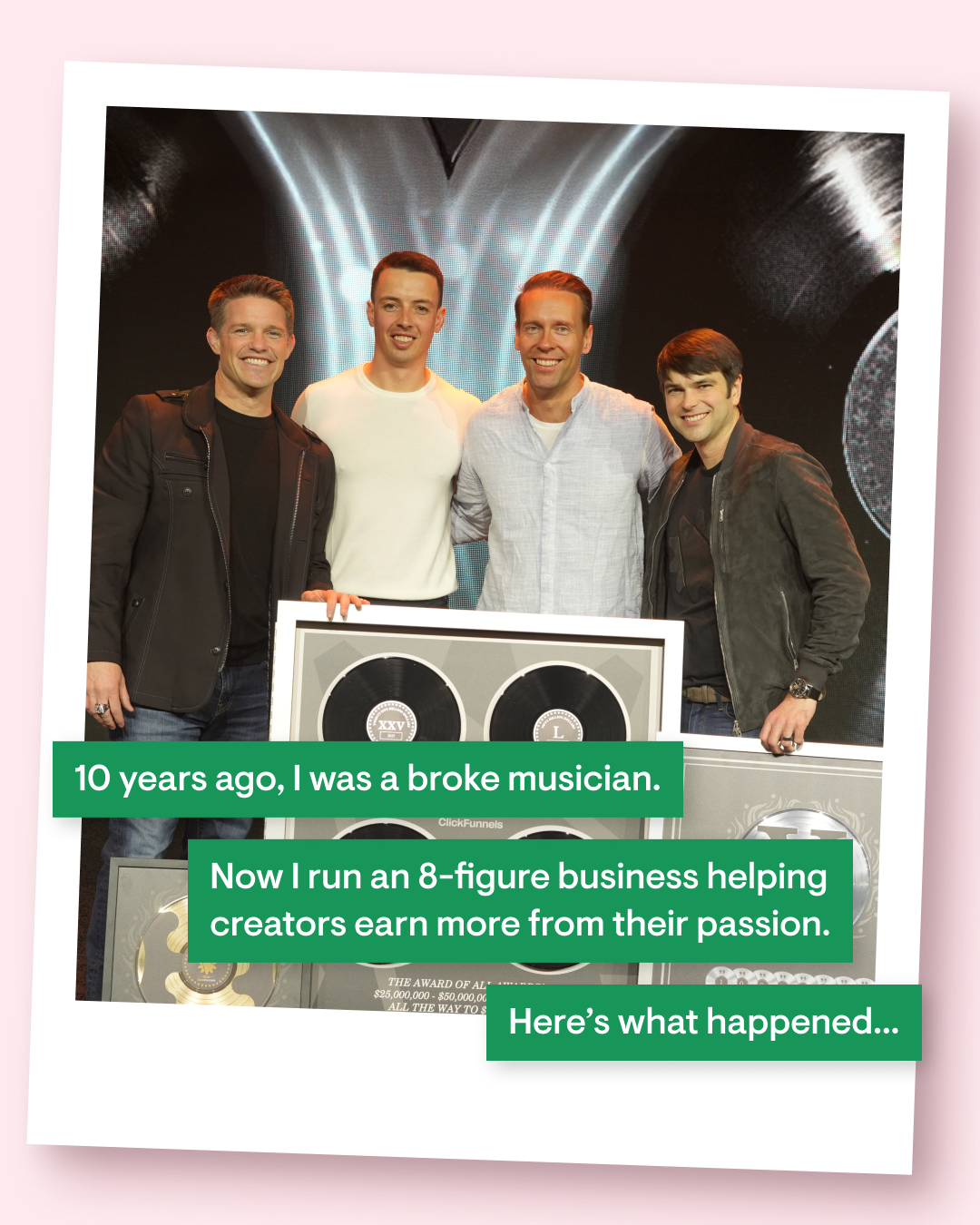The Problem: Content Creation Overwhelm
Creating fresh content every day is exhausting and unsustainable. According to a recent study, 60% of creators report experiencing burnout, with "keeping up with content demands" cited as the primary cause.
As a coach, creator, or online entrepreneur, filling your content calendar while maintaining quality can feel like an impossible challenge.
The solution? A strategic content creation system that simplifies your workflow and maximizes the value of every piece you produce.
What is the Hub and Spoke Content Creation Method?
The Hub and Spoke model is an easy content production framework that helps you fill your content calendar efficiently. Instead of creating content from scratch every day, you'll create one high-value piece of content (the Hub) and strategically transform it into multiple formats (the Spokes) across different platforms.
This content creation approach helps you:
- Save 10+ hours each week on content production
- Fill your monthly content calendar with consistent, high-quality posts
- Reach 3-5x more potential clients by being present on multiple platforms
- Maintain consistency in your messaging across all channels
- Simplify your content workflow while increasing your visibility
Let's dive into how you can implement this powerful content creation strategy to transform your monthly content calendar.

The Hub Content Piece is your foundational content that serves as the core of all other content. This should be a long-form, in-depth piece of content that provides significant value to your audience.
Some strong Hub Content Pieces include a long-form blog post (1500-2500 words) on a key industry topic, a one-hour webinar or live training session, a YouTube tutorial or in-depth coaching video, or a podcast episode with expert insights.
Choose the format that aligns with your content creation strengths. If you're comfortable speaking, a webinar or podcast may streamline your production process. If you prefer writing, a long-form blog post could be your core content.
Pro tip: Your Hub Content should solve a specific problem your audience faces. The more comprehensive this piece is, the easier it will be to fill your content calendar with valuable derivative content.

Once you've created your Hub Content, break it into Spoke Content—smaller, more digestible pieces that will fill your content calendar for weeks to come. This approach to content creation makes producing multiple pieces significantly easier and more efficient.
10 Easy Content Production Ideas for Your Monthly Calendar:
- Short-form video clips (30-60 seconds) extracted from your webinar or video for TikTok, Instagram Reels, and YouTube Shorts
- Key takeaways transformed into carousel posts for Instagram and LinkedIn
- Main insights summarized in an email newsletter
- Step-by-step breakdown formatted as a Twitter thread (7-10 tweets)
- Core concept expanded in a detailed LinkedIn article
- Key quotes designed as shareable graphics for all platforms
- Actionable tips compiled into a downloadable PDF guide
- Core content condensed into a 5-minute audio clip for podcast platforms
- Success examples highlighted in standalone case study posts
- FAQ section created from common questions about your topic
Take your Hub Content and extract at least five pieces of Spoke Content. This single content creation session can fill your content calendar for an entire month.

A common mistake in content repurposing is posting everything at once. Instead, spread your content strategically over a month to keep engagement consistent.
Week 1 Publish Your Hub Content
Your first week should focus on publishing your main Hub Content. Whether it's a long-form blog post, a webinar, a podcast episode, or a YouTube video, this serves as the foundation for everything else you will create.
Make sure you optimize it for SEO with relevant keywords and internal links to keep visitors engaged.
Share it across platforms like LinkedIn, Twitter, and your email newsletter to drive initial traffic. This is also the time to announce your content launch on social media and start conversations around it.
Week 2 Share Short-Form Video Clips and Infographics
Once your main content has been published, repurpose key insights into engaging, bite-sized pieces.
Short-form videos like Instagram Reels, TikToks, and YouTube Shorts work well for attracting new audiences. Additionally, create infographics and carousel posts for platforms like LinkedIn and Instagram to simplify key takeaways in a visual format.
By strategically distributing content in multiple formats, you ensure that audiences who prefer quick, engaging content still benefit from your expertise. You can also add calls to action directing them back to your Hub Content for deeper learning.
Week 3 Repurpose Into Text-Based Content
The third week is about leveraging text-based content. Convert the core message of your Hub Content into a well-structured email newsletter that provides value to your subscribers. Use insights from the original piece to write an engaging Twitter thread that delivers step-by-step takeaways.
On LinkedIn, transform your content into a detailed post that resonates with professionals. The goal here is to reinforce your message in multiple written formats while subtly guiding your audience toward your main offer or expertise.
Week 4 Reshare High-Performing Posts and Engage With Your Audience
In the final week, revisit your analytics to identify which pieces performed well. Repurpose top-performing content by resharing it with a new perspective, updating it with fresh insights, or turning it into a different format.
This is also the time to actively engage with your audience by responding to comments, answering questions, and hosting live Q&A sessions to deepen your connection with your audience.
Engagement-driven activities ensure that your content remains relevant and continues to circulate among your audience.
Tools for your content calendar: Use a scheduling tool like Buffer, Later, or Hootsuite to plan out your content distribution in advance.
Case Studies: How the Hub and Spoke Model Drives Engagement and Revenue
Menina Fortunato: Scaling a Dance Education Business

Menina Fortunato built her Dancepreneur Academy by repurposing a single high-value dance workshop into multiple content formats.
She took her live masterclass and transformed it into short dance tutorials for Instagram Reels, a blog post on improving dance technique, a behind-the-scenes email series, and a downloadable cheat sheet for new students.
This strategy helped her generate over $500,000 in course sales, proving the effectiveness of structured content repurposing.
Jay Fenichel: Monetizing Drum Lessons with Repurposed Content

Jay Fenichel, founder of Study The Drums, turned his core drum lesson into an ongoing content stream by creating daily drum tip videos from his main lesson, publishing an instructional blog post with embedded YouTube links, and offering an exclusive behind-the-scenes look in a paid membership community.
This approach allowed him to distribute and sell the same content in multiple formats, increasing student engagement and course sales.
Conclusion: Use the Hub and Spoke Model to Work Smarter, Not Harder
Effective content creation isn't about working harder—it's about working smarter. The Hub and Spoke model revolutionizes your approach to content production by ensuring one high-quality piece fuels your entire content calendar while saving you valuable time.
Instead of struggling with daily content creation, embrace this efficient system where a single Hub Content Piece generates a month of engaging content for your audience.














